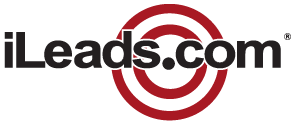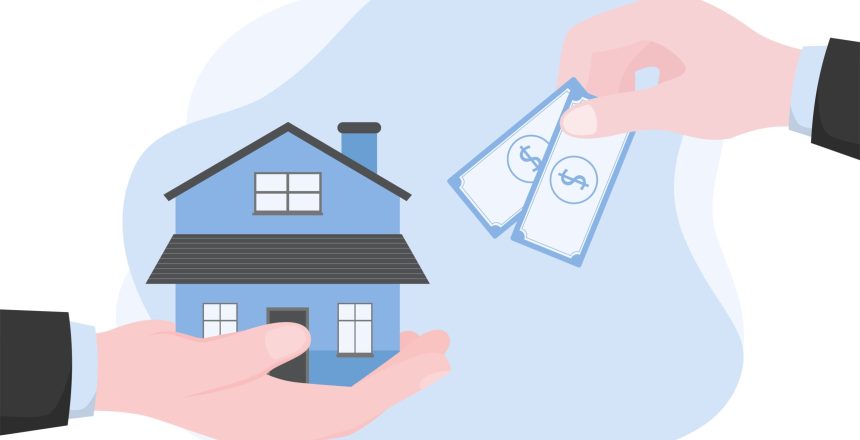Refinance Your Home and Save Big
It’s easy to get tempted by the lowest rates, but you should research well to ascertain that the loan will really help you to Refinance Your Home.
Even though banks have tightened their lending standards since the easy credit days of the housing boom, it is really easy to find a lender especially if your present home equity is at least 20% and your credit score is 740 or more.
There’s a good probability that many homeowners will be able to find a workaround to qualify for good rates.
Here are some recommendations for homeowners who are looking to Refinance Your Home:
1. Look Around and Compare Mortgage Rates
Mortgage rates can vary widely, so make sure you do a lot of research before zeroing in on a deal. You might find rates up or down by just 1% with different lenders, but these minor percentage points can translate into huge differences in your monthly payments. So while researching, make sure you read reviews and compare fees and rates in advance. When rates actually get to the levels you’re comfortable with, you’ll be ready to lock right away.
You could refer to popular websites for the latest mortgage information updates. Get in touch with lenders operating in your area, and ask relatives and friends for recommendations. But before that, make sure you know the real value of your home. Visit a trusted website like Neighborhood IQ and get a free online home value report.
2. Weigh the Benefits Before Refinance Your Home
Even when low rates look great, they may not be right for you. If you already have a fairly low rate, it might be better to skip a Refinance Your Home. Understand that a new loan generally brings with it a substantial amount as the closing cost. You also need to consider how long you plan to stay in the home. Experts advise that you should go in for refinance only if you are able to cut your rate by a 0.5 % or above as compared to what you’re paying.
You need to carefully calculate your break-even point in terms of how much time it will take to recover your closing costs.
3. Understand Hidden Costs in Refinancing
When lenders advertise loans as having ‘no-closing-cost’, be ready to get a deal that charges you for loan expenses in any other way. Make sure you ask your lender to show you all the available options. Closing costs are typically about 1% of your new loan’s principal amount, and include things like lawyer’s fees and home appraisals.
The “rolled-in” closing cost option allows a bank to add all closing costs to the new loan’s balance instead of taking an upfront payment. This will result in slightly higher monthly mortgage bills throughout your loan tenure.
In no-cost or low-cost refinancing, no closing fees are charged, but the deals carry a higher interest rate. So you can choose the option that suits you the best.
4. Consider a ‘Cash-in’ Refinance for Better Equity
“Cash-in” refinancing is a deal in which homeowners swap their existing loans for smaller mortgage amounts. The difference in both loan amounts brings cash to the closing table, hence the term cash-in finance.
Cash-in deals allow owners with decreased property values to get an increase in their home equity.
5. Get Confirmation of a Rate Lock to Secure Your Deal
When mortgage rates are low, lenders are swamped with applications for Refinance Your Home, so make sure you get a confirmation in writing from your bank regarding locking your rate. Most lenders send a “rate-lock sheet” upon request by email or fax to confirm your mortgage rate and spell out exactly when the rate lock will expire. This serves the purpose of holding your lender accountable for the rate that he has committed. This also conveys to him that you are an educated and well-informed customer.
In the busy refinance market of today, it is advisable to ask for at least a 60-day rate lock period to make sure your deal can be closed before expiry of the lock period.

